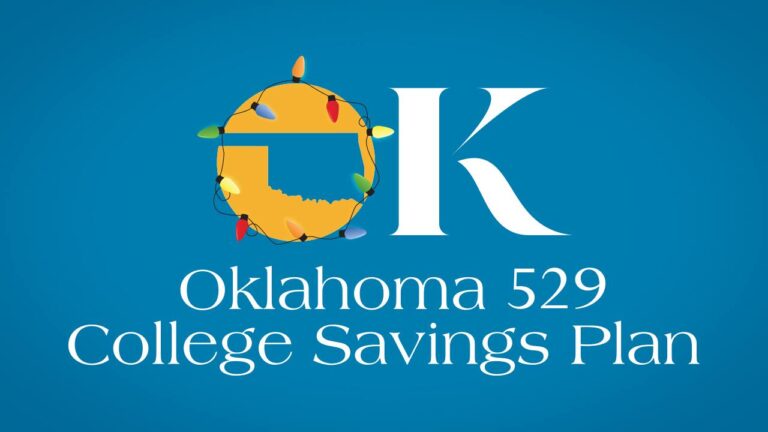529 vs IRA Accounts: How Similar or Different are They?
A 529 savings account and an IRA are both financial accounts that offer different benefits and have different rules for contributions and withdrawals. If you are just starting out in your savings journey, there may be some questions you have as to which is better for your long-term goals. In this article, we discuss the differences between the two, and why you’d want to choose one account over the other.
What is a 529 Savings Account?
A 529 savings account is a tax-advantaged savings plan that is specifically designed to pay for higher education expenses. These plans are usually sponsored by states, their agencies, or other financial institutions. They are typically used to save for common (and sometimes uncommon) college expenses such as tuition, fees, and room and board. Your contributions to a 529 plan, however, are not tax-deductible, but the money in the account does grow tax-free. In addition, withdrawals can also be made tax-free… as long as they are used for qualified education expenses.
What is an IRA?
An IRA, on the other hand, is a retirement savings plan. There are different types of IRAs available. Types include the Traditional, Roth, SEP, Simple, and Self-directed IRAs. However, the two most common types are the Traditional and Roth IRAs.
The Traditional IRA is the most common type of IRA. Contributions to a traditional IRA may be tax-deductible, and the money in the account grows tax-deferred. However, withdrawals from a traditional IRA are taxed as normal income in the year they are taken.
A Roth IRA is also available to anyone with earned income, but there are income limits for contributions. A Roth IRA, on the other hand, is funded with your after-tax income, but the money in the account grows tax-free. Withdrawals from a Roth IRA are tax-free, just as long as the account has been open for at least five years and the account’s holder is over age 59 1/2.
Other less common IRA versions include:
- A SEP IRA is for self-employed individuals and small business owners.
- A Simple IRA is for small businesses with 100 or fewer employees.
- A Self-directed IRA allows the account holder to invest in a wider range of assets such as real estate, private businesses, and precious metals.
The Differences Between 529 and IRA Accounts
While both a 529 savings account and an IRA can be used to save for the future, they are intended for different purposes. A 529 plan is meant to be used to pay for education expenses, while an IRA is meant to be used during retirement. So while an individual can use an IRA to pay for educational expenses, it’s not advised to since it will be subject to more taxes than a 529 plan. If you pull money from an IRA before you’re allowed, be prepared to incur penalties and/or additional fees.
So, in short, a 529 savings account is a tax-advantaged savings plan designed specifically for education expenses, while an IRA is a retirement savings plan. While an IRA can be used to pay for education expenses, it is subject to penalties, taxes, and possible additional fees.
Understanding the differences between these two types of accounts can help you make the best decisions for your financial future.






